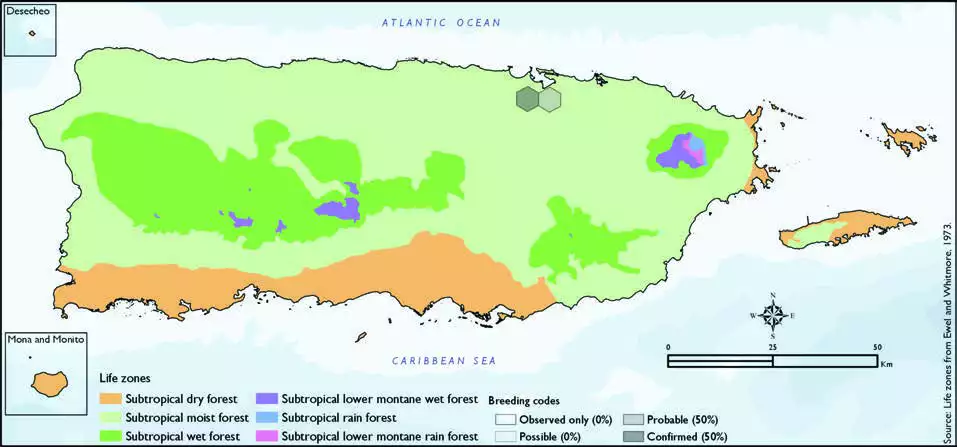White Cockatoo
Description
The white cockatoo (Cacatua alba), also known as the umbrella cockatoo, is a medium-sized all-white cockatoo endemic to tropical rainforest on islands of Indonesia. When surprised, it extends a large and striking head crest, which has a semicircular shape (similar to an umbrella, hence the alternative name). The wings and tail have a pale yellow or lemon color which is exposed when they fly. It is similar to other species of white cockatoo such as yellow-crested cockatoo, sulphur-crested cockatoo, and salmon-crested cockatoo, all of which have yellow, orange or pink crest feathers instead of white.
The white cockatoo is around 46 cm (18 in) long, and weighs about 400 g (14 oz) for small females and up to 800 g (28 oz) for big males. The male white cockatoo usually has a broader head and a bigger beak than the female. They have brown or black eyes and a dark grey beak. When mature some female white cockatoos can have reddish/brown irises, while the irises of the adult male are dark brown or black.
Distribution & Habitat
The White Cockatoo is endemic to several Indonesia islands
(Juniper and Parr 1998). It
is also a common species in
captivity (Juniper and Parr
1998) and has been introduced
to Puerto Rico where it has a
stable population trend, although
with low numbers, around the
municipalities of Bayamón and
Guaynabo in the metropolitan
area (Falcón and Tremblay 2018).
In its native habitat, it can usually
be found in lowland and hill
forests, as well as in second-
growth forests around clearings,
rivers, forests edges, and
agricultural lands (Juniper and
Parr 1998). The atlas fieldwork yielded a total of five records
within two hexagons or 0.4
percent of the 479 total hexagons
(see map). Of the two hexagons
where this species was found,
breeding met the atlas definition
of confirmed in 50 percent (one)
of the hexagons and probable
in 50 percent (one) as well
(see map). White Cockatoo distribution. The map shows the highest breeding code by hexagon and overlaying the ecological life zones in
Puerto Rico. Note: percentages may not total 100 due to rounding.

Breeding Habits
Previously published reports indicate that, in its native habitat,
the White Cockatoo is suspected
to nest in April, and the nesting
usually occurs in tree cavities
(Juniper and Parr 1998). Atlas
results show that this species 185White Cockatoo/Cacatúa Blancabreeds during February, April, and December (see chart).
The breeding activity peaks in
April and takes place within
the subtropical moist forest life
zone (see chart). Results show
that this species breeds in the
subtropical moist forest life zone
(100 percent of the hexagons)
(see table and map).
Conservation
The current population trend of the White Cockatoo in
Indonesia is suspected to be
rapidly declining with ongoing habitat destruction, deforestation,
and the international cage-bird
trade (BirdLife International
2018). This species is currently
listed as Endangered by the
IUCN (BirdLife International
2018). Locally, this species is not
listed in any of the threatened
categories of PRDNER and
USFWS. In Puerto Rico, the
White Cockatoo has a protected
habitat of 5 percent or 2 km2 of the total area covered by the
hexagons where this species is
known to breed (48 km2).
Related Species
Family:
cockatoo